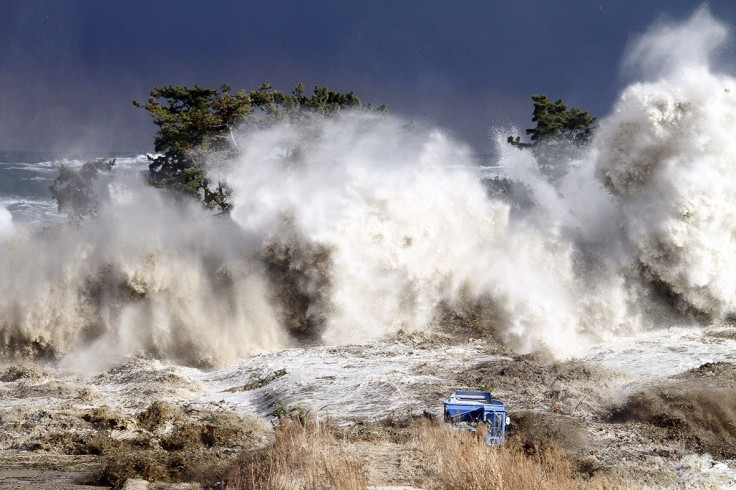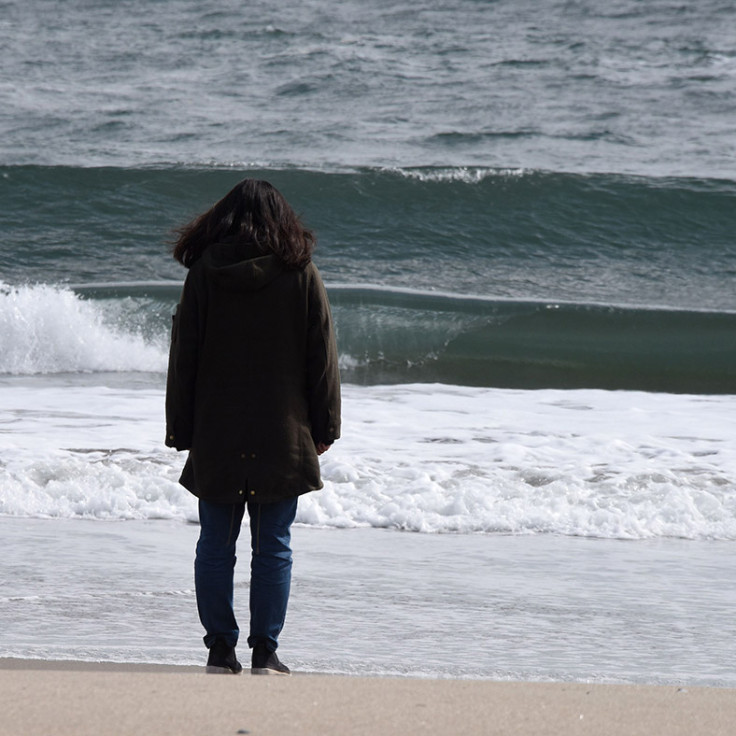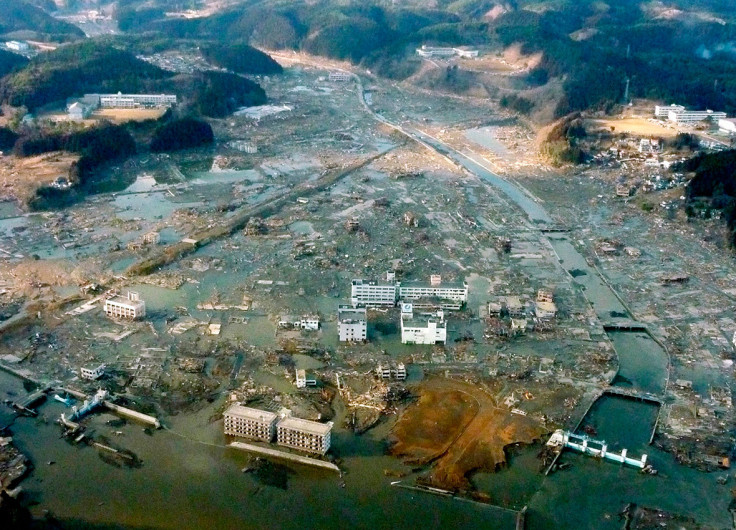World Tsunami Awareness day: 'When the sea goes out, it's time to run'
Tsunamis are rare but deadly - improving awareness is thus crucial to save lives.

World Tsunami Awareness Day is held for the first time this 5 November. These natural disasters know no borders, so the UN came up with the date to foster international cooperation and increase public awareness and prevention efforts.
Tsunamis remain rare, but they cost many lives – in the last century, more than 260,000 people have been killed in 58 separate tsunamis. The devastating tsunamis of 2004 and 2011 have shown the world how deadly these natural hazards can be, but they have also highlighted the fact people are often unaware of what to do before and when the waves strike.
World Tsunami Awareness Day aims to improve our knowledge of tsunamis, and how we should react faced to one.
The tsunami risk
Tsunamis are large waves that come crashing on the coasts, caused by seafloor movement most commonly associated with earthquakes or landslides. Just like all natural disasters, they are difficult to predict, although seismically active regions are more at risk.
Scientists have looked at the seabed to study past tsunamis and identify regions were they have been recurrent. Where data was available they have investigated how far the water went inland and how high it was. This information can increase our understanding of where historic tsunamis came from, and more importantly, when and if they are likely to happen again in the future.

However, researchers' efforts in this field have been hampered by incomplete mapping of the seabed. "Increased international efforts are necessary to map oceans. Indeed, as we map the seabed we discover more and more risky seismic areas as well as areas that have a potential of landslide. In theory, we know have completely mapped the ocean floor, but these maps are not completely accurate", Dr Philippe Blondel, tsunami expert from the department of Physics at the University of Bath, told IBTimes UK.
"Today we have the techniques to map the seabed more precisely but there is not enough cooperation between governments, who only map the areas that interest them. Scientists are left to do the rest, with very limited funding".
Educating people
What makes a tsunami deadly is not necessarily how big it is, but also crucially what the topography of the coasts is, how densely populated they are, and what preventive measures had been put in place to educate and protect people.
For inhabitants on the coast, the most visible sign that a tsunami is about to occur is that the sea goes out suddenly. "When the sea goes out, it is time to run. In 1881, a tsunami in Papua New Guinea ended up tragically because people ran on the beach to retrieve the fish that had been left after the sea had suddenly gone away. They didn't have time to escape the huge wave that came back very quickly towards them", Blondel pointed out.
How much time people have to run away varies from one tsunami to another. The speed of the tsunami is related to the depth of the water – as the depth of the water decreases, the speed of the tsunami diminishes, but the height of the wave grows. People may have a few hours to put themselves out of harms' way, but it might also just be a matter of minutes before the huge waves come crashing down.

Prevention and education should involve teaching people to react as quickly as they can, but also to know the best places to run - far from the coast and at high altitudes. On some beaches of the US west coast, panels indicate which areas are safe to go and which paths should be avoided in the event of a tsunamis.
The problem is that even if people know about tsunamis, they might not get the information or be evacuated in time. "We know that a tsunami is about to occur, but we don't necessarily know how to reach everyone with that information. Roads to evacuate them might also be crowded", Blondel said.
Living on the coast
Despite these challenges, raising awareness among people is perhaps the easiest thing to do. "Telling people that they have to run to safety is pretty straightforward, even though they might find it hard to believe that a tsunami is coming. It is harder to escape the current cultural inertia, which has us continue building on the coast, in the riskiest areas", said Patrick Edward Corcoran, from Oregon State University, who educates people to coastal hazards.
"We can't engineer our way out of tsunamis by building more resistant structures – really what we should be doing is changing our behaviours. The first principle of resilience is to not put people and valuable things in the worst of the inundation zones".

Buildings and technical innovations can buy time against tsunamis but do not entirely protect people. During the 2011 tsunami, evacuation centres in the Japanese city of Minamisanriku – which had been constructed 20 metres above sea level to withstand disasters – were inundated and people were washed away.
"At an individual level, prevention is important. This includes making global citizens aware of the risk – if people are travelling to risky zones, they should know how to react. But at community level, we need to make wiser choices. Building structures to resist earthquakes is intelligent, as it shows our technical skills, but it is not wise. We need to transition out of the areas that are at risk of being inundated by tsunamis or even by sea level rise", Corcoran concluded.
© Copyright IBTimes 2025. All rights reserved.






















